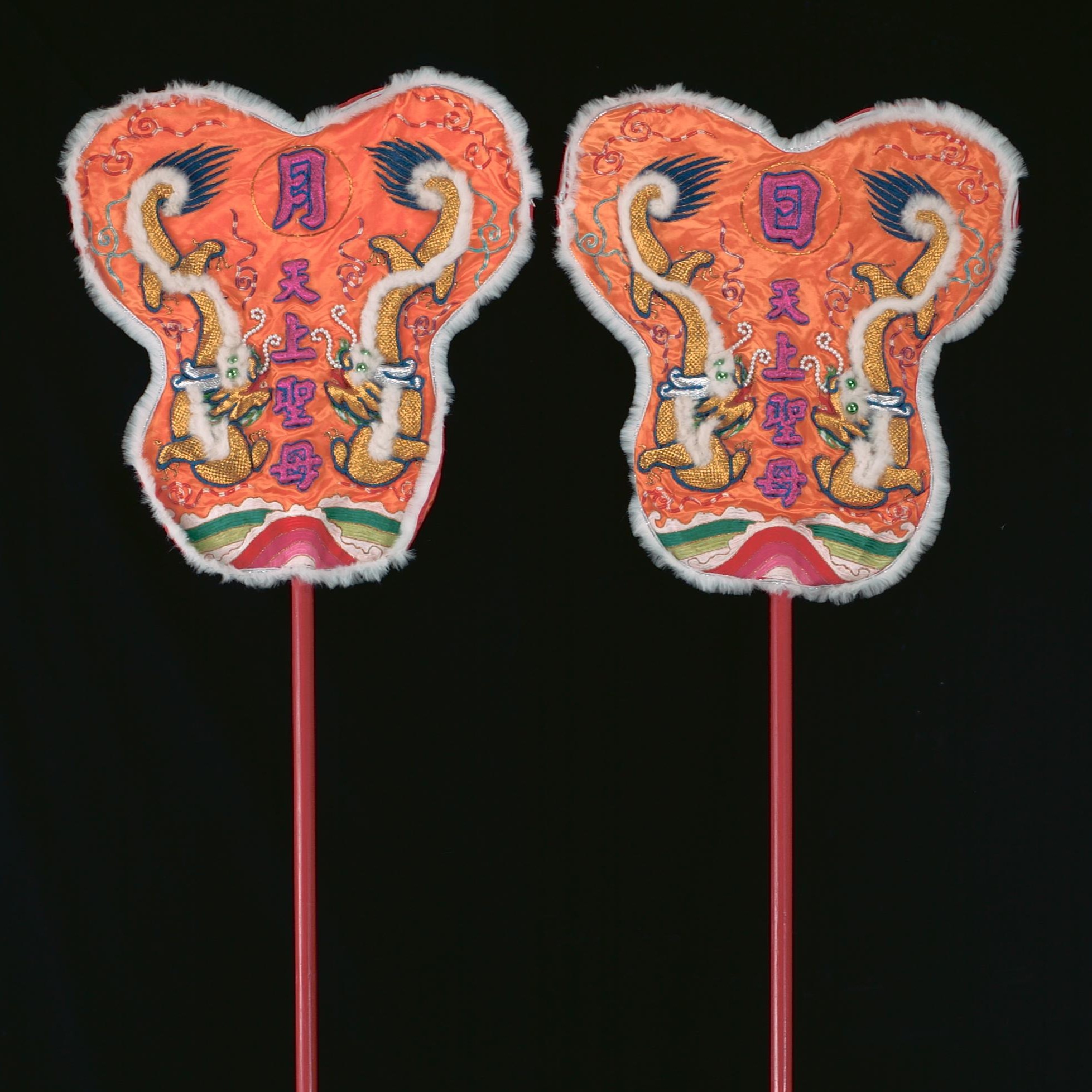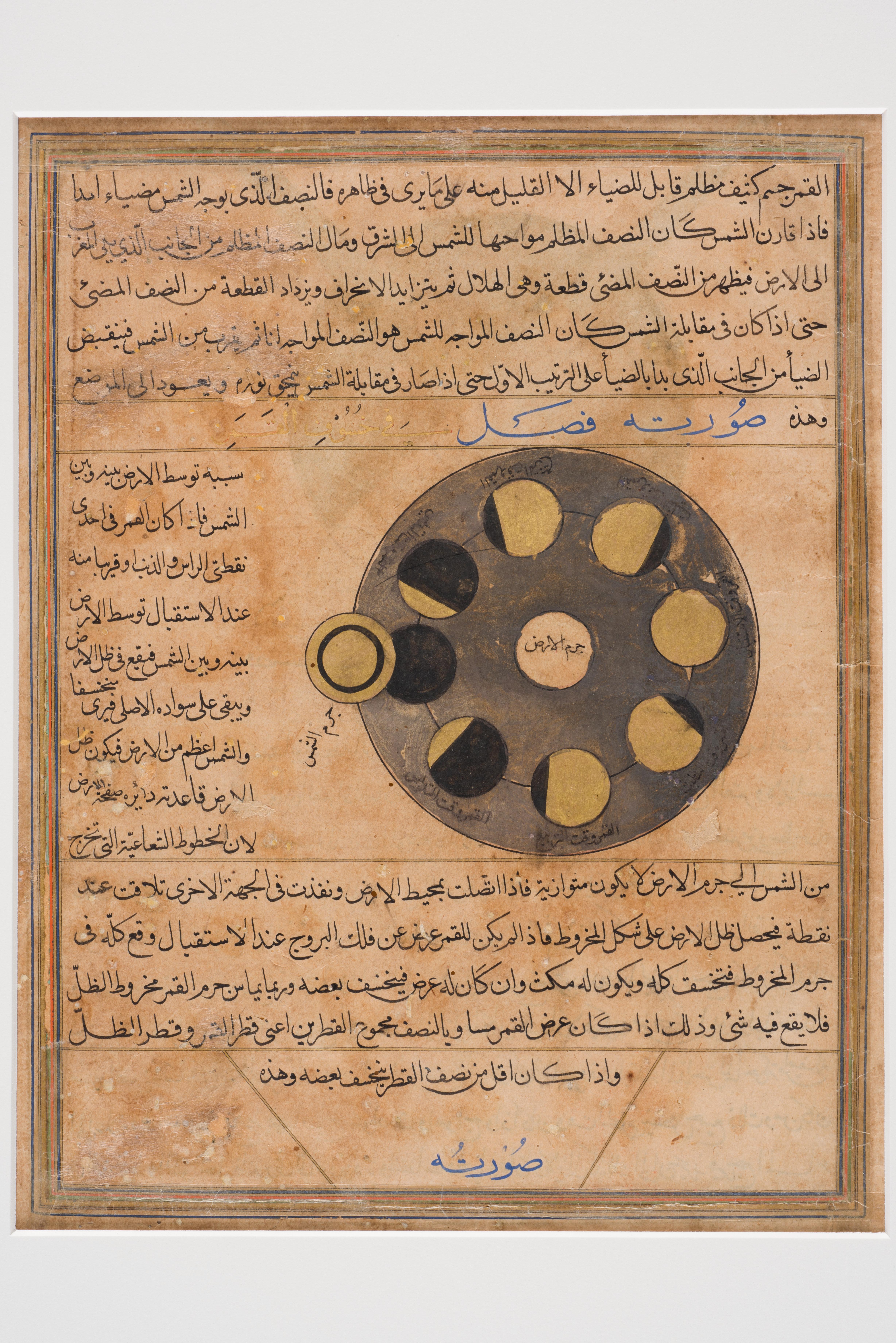This September, LET’S LEARN ABOUT…Mid-Autumn Festival!
The Mid-Autumn Festival falls annually on the fifteenth day of the eighth Chinese lunar month, when the moon is believed to be the brightest and fullest. In Singapore, it is also commonly known as the Mooncake Festival, and Zhong Qiu Jie 中秋节 in Mandarin. This year, the festival takes place on 21 September.
China, Hong Kong, Taiwan, Korea, and Malaysia celebrate this festival as well. Let’s find out how it is celebrated by communities around the world.
HOW IS THE MID-AUTUMN FESTIVAL CELEBRATED?
People celebrate this festival by eating pomelos and mooncakes. Mooncakes are often eaten with Chinese tea. The popular pastry is usually circular, like the full moon, hence the name. In Chinese culture, a full moon symbolises tuanyuan 团圆 (reunion). Pomelo, youzi 柚子, has a similar pronunciation to you 佑 (bless) in Mandarin and thus it is believed that eating this fruit will bring good luck to the family. In popular Chinese belief, eating pomelos is also a prayer for fertility, as youzi 柚子 sounds like youzi 有子 (have offspring).
Mooncakes are traditionally filled with lotus-seed or red bean paste, and some include a salted egg yolk to represent the full moon. Over the years, a wide variety of mooncakes have been produced, ranging from “snow skin” mooncakes (which are steamed rather than baked) to ice cream mooncakes, with flavours that appeal to modern and local taste like durian, pandan, and white chocolate. Usually a month before the festival, bakeries start selling them in attractive packaging so buyers can present them as gifts. Do you have a favourite type or flavour of mooncake?
The Mid-Autumn Festival is an exciting day because children get to carry lanterns and parade around their neighbourhoods and parks. In the past, lanterns were used to brighten the night and bring prosperity to households. These lanterns were made of paper and bamboo sticks, and lit with candles. Now, you can find them in different materials and designs, including battery-operated ones that play music!
During the festival season, performances are organised to bring the community together. These might include Chinese song and dance performances, puppetry, and Chinese Opera. There are family friendly activities such as dengmi 灯谜(lantern riddles), where one can guess riddles containing messages of wisdom or good fortune. These are traditionally written on slips of paper attached to lanterns. Friends and family gather to appreciate the beauty of the moon, called shangyue 赏月in Mandarin.
OBJECTS FROM OUR COLLECTION
Let’s look at two of our moon-related objects.
 |
|
Sun and moon fans
Taiwan, around 2002
Wood, silk satin with embroidery, beads
2002-00331
|
These fans were used during the procession to celebrate the birthday of the Chinese Goddess of the Sea. Two dragons flying over mountains or waves decorate each fan. The character at the top of the fan on the left is yue 月 (moon), and is ri 日 (sun) on the fan at right. The four characters that follow read tianshang shengmu天上圣母, referring to the Goddess. The moon and sun symbolise yin and yang. In Chinese thought, yin and yang are balanced opposites: dark and light, female and male, Earth and heaven.
 |
|
Page from Aja'ib al-Mukhluqat wa gharā’ib al-mawjūdāt (The Marvels of Creation and the Miraculous Aspects of Existence)
India, Deccan, Bijapur, around 1570s
Ink on paper
2015-00583
|
This is a page from Ajā’ib al-makhlūqāt (The Marvels of Creation), written around 1270 by Zakariya ibn Muhammad al-Qazwini (1230–1283). His book is an encyclopaedia of the 13th century, containing all available knowledge of the world – the heavenly bodies, geology, flora and fauna, and even mythical creatures. This copy was made in India in the 16th century.
What do you think the diagram on the page depicts? Here's a clue – the moon.
Written in Arabic in naskh script, the text describes movements of the moon and sun during eclipses. An eclipse happens when one object in space blocks another, from our view on earth. For example, during a total solar eclipse, the moon completely blocks the sun for a short time. Any given eclipse is only visible from a small section of the earth, and for a short time. The Muslim calendar is based on the moon, so information about its movements was important.
PLAY
Test your understanding of Mid-Autumn Festival with this little quiz.
1. On which day of the eighth Chinese Lunar month does the Mid-Autumn Festival fall?
(a) Fifth day
(b) Tenth day
(c) Fifteenth day
(d) Thirtieth day
2. In Chinese culture, what does the full moon symbolise?
(a) Wealth
(b) Reunion
(c) Fame
(d) Good health
3. How is the Mid-Autumn Festival celebrated?
(a) Eating mooncakes
(b) Carrying lanterns
(c) Moon viewing
(d) All of the above
Answers: 1. (c) 2. (b) 3. (d)
CREATE
Craft made by ACM staffer Tan Yuan Lin
Follow the simple instructions below to make your own moon mobile.
- Using coloured papers, cut out shapes of the full moon and stars.
- Poke three small holes at the bottom of the moon and insert a piece of string through, one string for each of the three holes. Tie a knot on the end of each string to prevent the string from falling through the hole (or use tape).
- Paste the stars onto each string below the moon.
Tag us @ACM_SG #LearningatACM for a chance to get your creation featured on ACM social media.
EXPLORE
Find out more about the Mid-Autumn Festival In our online programme ACM Celebrates, or on NHB’s one-stop heritage portal Roots.sg here.
Head to the same portal to read more about the objects featured:
Sun and moon fans
Page from Aja'ib al-Mukhluqat wa gharā’ib al-mawjūdāt
Want more of these resources? Come back to learn new things every month.
Missed a monthly post? Not to worry, we keep past topics here for you.
What else would you like to learn about? Tell us here.
There’s more!
Check out other videos and download e-resources inspired by the objects in ACM’s collection.